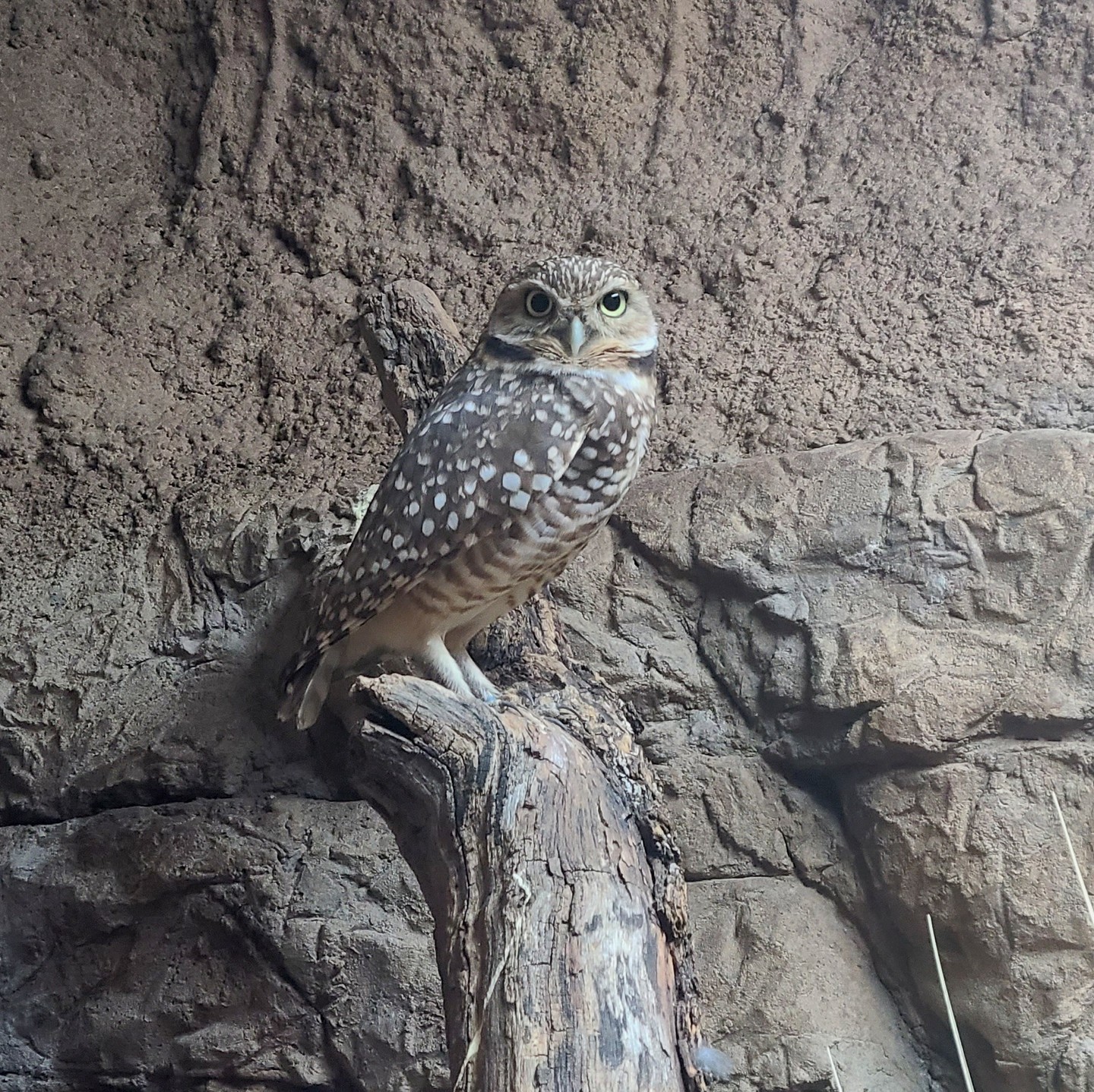Digging Deeper into Burrowing Owls Have you ever wondered what a burrowing owl is? Not to be confused with other species of owls, the burrowing owl is a unique bird that can be found in open landscapes such as prairies, deserts and grasslands throughout North and South America. These small birds have sandy brown plumage with white speckles and bright yellow eyes. Read on to learn more about the fascinating life of these unique creatures.
Burrowing owls measure between 7 to 10 inches in length, weigh around 5 ounces and have long legs that enable them to move quickly on flat surfaces while hunting for food. Their diet consists mainly of insects such as beetles, grasshoppers and crickets but they will also feed on small mammals like mice or voles as well as reptiles and amphibians. When available, they will also eat fruits or berries.
These nocturnal birds are active during the day, which makes them easier to spot than other owl species. They nest in underground burrows which range from 6 – 30 feet deep and usually line the inside of their nest with grass for insulation against the cold temperatures of nightfall.
The breeding season for burrowing owls occurs from March to June depending on where they live. The female will lay 3 – 11 eggs which she incubates for about 28 days until they hatch. Both parents take turns feeding the young until they fledge at around 8 weeks old. The average lifespan of a burrowing owl is 4 years in the wild but can reach up 10 years in captivity.
Although listed as “Least Concern” by the IUCN Red List due to its wide distribution range across both North American and South America continents, burrowing owls have become rarer in many areas due to habitat loss or degradation caused by human activities such as urbanization or agricultural development. Conservation efforts are needed if we want to protect these unique creatures whose presence adds beauty to natural landscapes around us..
Aside from their conservation status, there are also some interesting facts about these birds that most people don’t know! For example, did you know that burrowing owls often use abandoned tunnels dug by other animals such as prairie dogs or badgers instead of digging their own from scratch? Additionally, compared to those other types of owls who mostly hunt at night, these avian critters are truly special because they are active during the day time making them much easier to see when out exploring nature! Finally one last fun fact: these vocal birds communicate through a variety of calls including hoots, barks whistles and more which they use it attract mates or fend off intruders from their territory!.
So next time you’re out for a walk in an open landscape make sure you keep your eyes peeled – who knows you might catch sight of some feathered friends!


